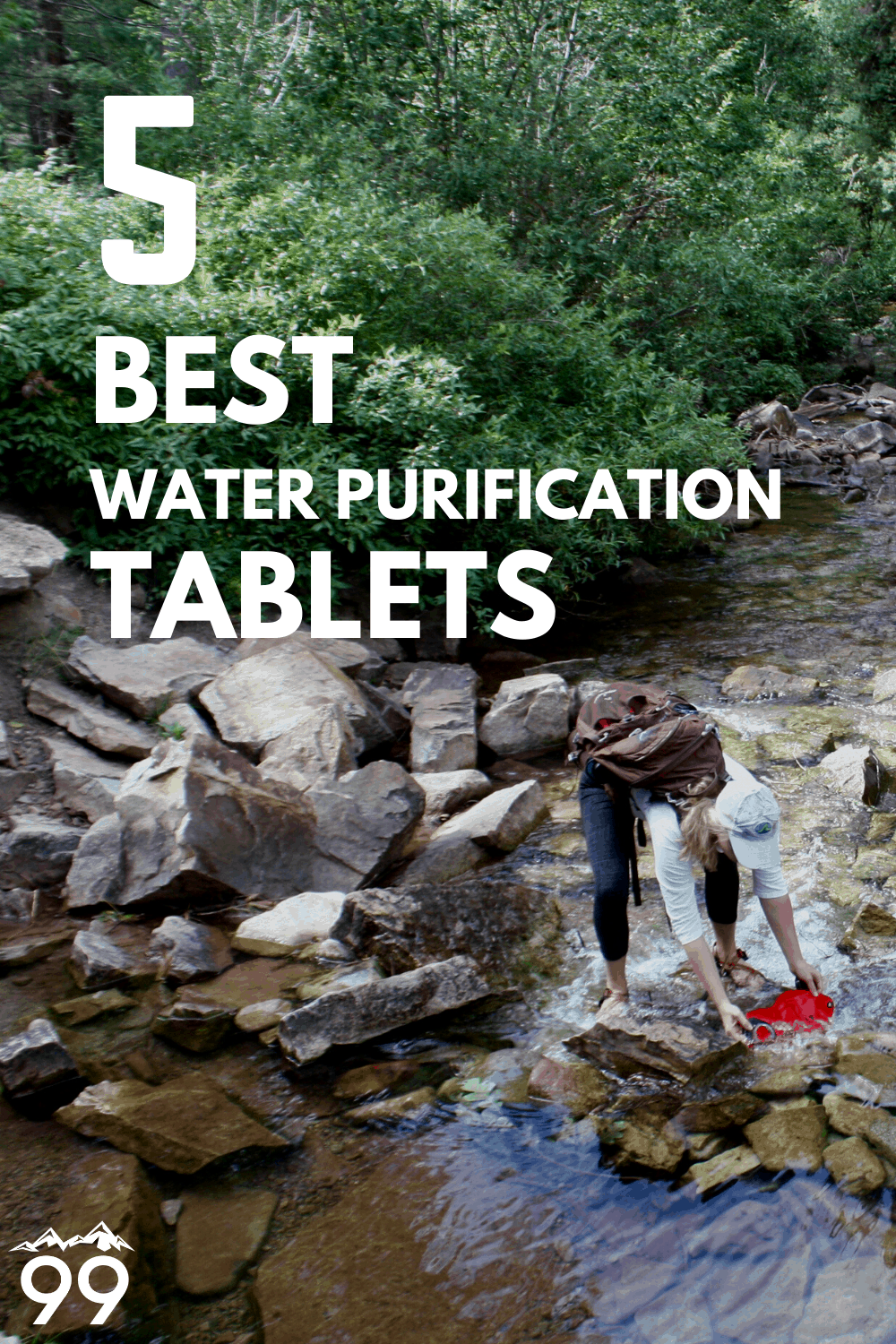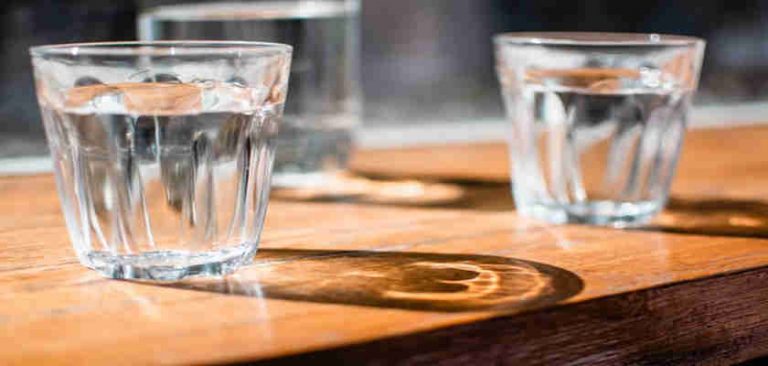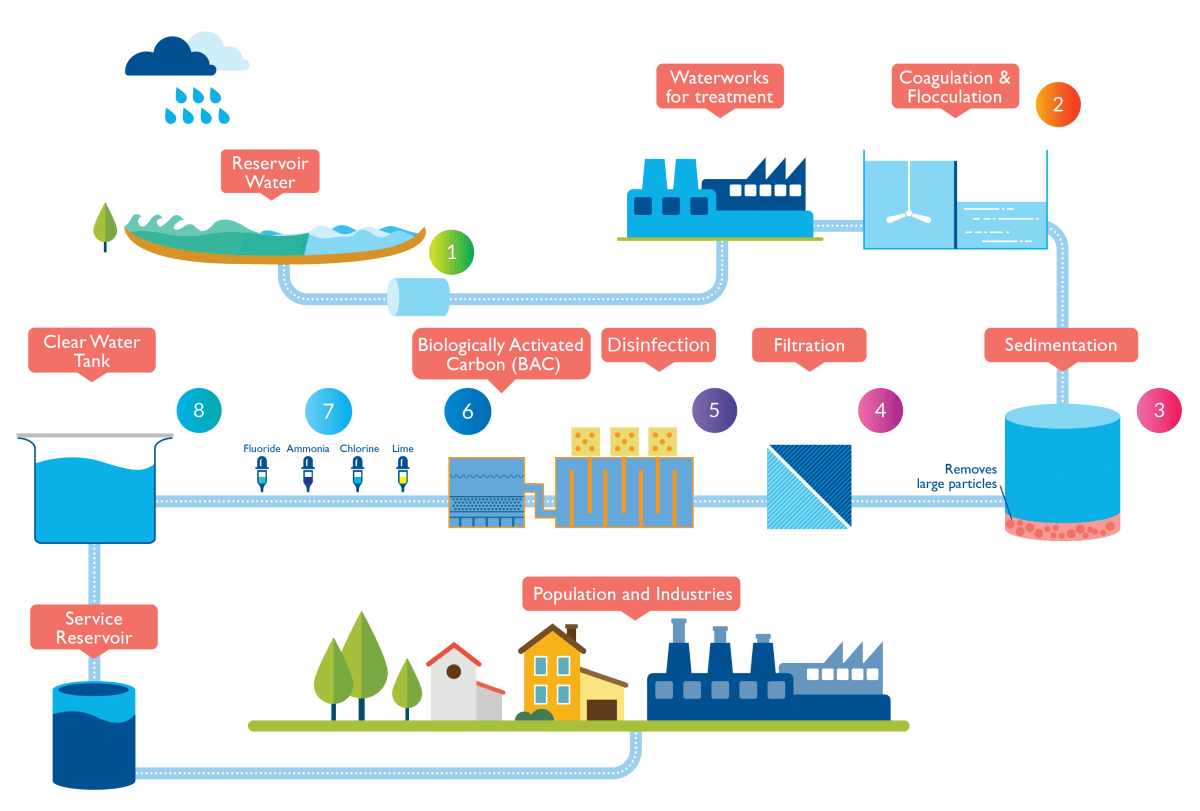How To Purify Well Water:

Well water is a great alternative to municipal water, as it is often free of harmful chemicals and contaminants. However, well water may still contain bacteria, viruses, and other impurities that can make it unsafe to drink. To ensure that your well water is safe to drink, you can take several steps to purify it.
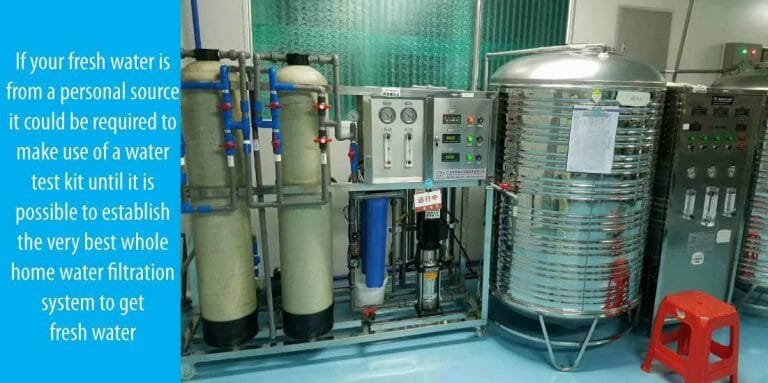
1. Test Your Water:
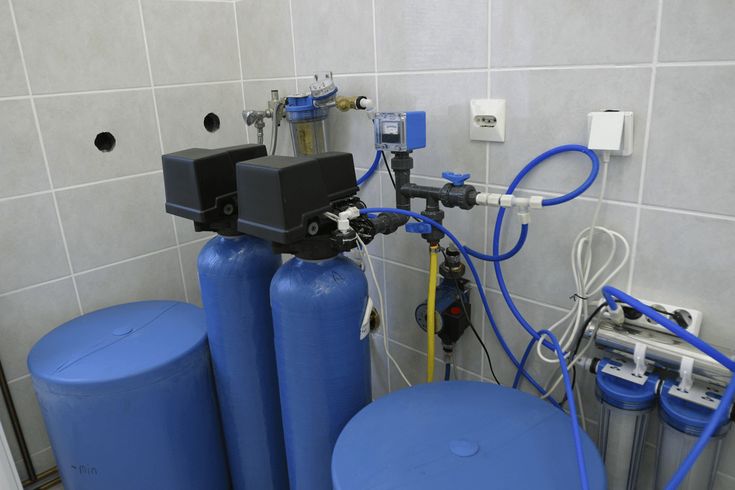
Before you take any steps to purify your well water, it is essential to test it to determine what contaminants may be present. This will help you choose the most effective purification method. Common contaminants found in well water include:
- Bacteria
- Viruses
- Parasites
- Heavy metals
- Nitrates
- Pesticides
- Herbicides
2. Choose a Purification Method:
Once you know what contaminants are present in your well water, you can choose a purification method that will effectively remove them. Common purification methods include:
- Boiling: Boiling water is a simple and effective way to kill bacteria and viruses. However, it does not remove other contaminants such as heavy metals or nitrates.
- Distillation: Distillation involves boiling water and collecting the steam. The steam is then condensed back into water, leaving behind the contaminants. Distillation is effective at removing a wide range of contaminants, including bacteria, viruses, heavy metals, and nitrates.
- Reverse Osmosis: Reverse osmosis uses a semipermeable membrane to remove contaminants from water. The membrane allows water molecules to pass through but blocks larger contaminants. Reverse osmosis is effective at removing a wide range of contaminants, including bacteria, viruses, heavy metals, nitrates, and pesticides.
- Chemical Disinfection: Chemical disinfection involves adding a chemical to the water to kill bacteria and viruses. Common chemicals used for disinfection include chlorine, chloramine, and ozone. Chemical disinfection is effective at killing bacteria and viruses but may not remove other contaminants.
3. Install a Water Purification System:
Once you have chosen a purification method, you can install a water purification system in your home. Installation typically involves connecting the water purification system to your well water line and plumbing. Some water purification systems are portable and can be used to treat water at a campsite or in an emergency.
4. Maintain Your Water Purification System:
To ensure that your water purification system is working properly you must maintain it regularly. Maintenance typically involves replacing filters, cleaning the system, and testing the water to ensure that it is free of contaminants.
5. Monitor Your Water Quality:
Even after you have installed a water purification system, it is vital to monitor your water quality regularly. This will help you to ensure that your water purification system is working properly and that your water is safe to drink.
By understanding these steps, you can purify your well water and enjoy safe, clean drinking water for many years to come.







